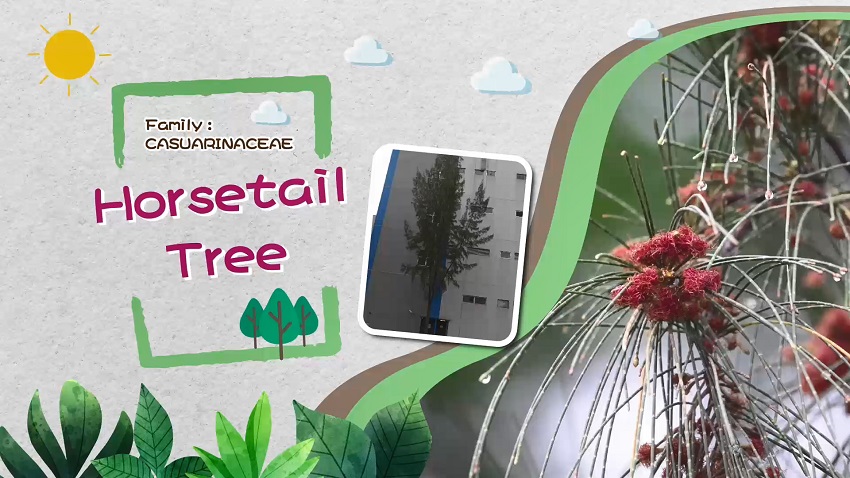| Origins | Native to Australia and the Pacific islands. |
|---|---|
| Applications | The Horsetail Tree has a diversified usage. It grows rapidly, does not have strict requirement on soil quality, and has a broad and deep root system stabilizing the soil. Being resistant to drought, salt, wind and sand, it can stop desertification. Hence it is a common species for windbreaks in coastal and desert areas. Its timber can be further processed into boats and construction materials. It is also a quality source of charcoal. Young branchlets can be fed to livestock. As recorded in Flora Reipublicae Popularis Sinicae, its bark contains tannin, which can be applied as an astringent. Meanwhile, leaves and branchlets can be used for curing chronic bronchitis. |
| Meanings of names | Pendulous branchlets look like the tails of a cow or a horse, while it also grows a cone-like infructescence, therefore giving it the Chinese name “Oxtail Pine (牛尾松)” and English name “Horsetail Tree”. Though the appearance of the species is similar to a pine, it is actually a flowering plant, which you may observe carefully during its flowering period. |









